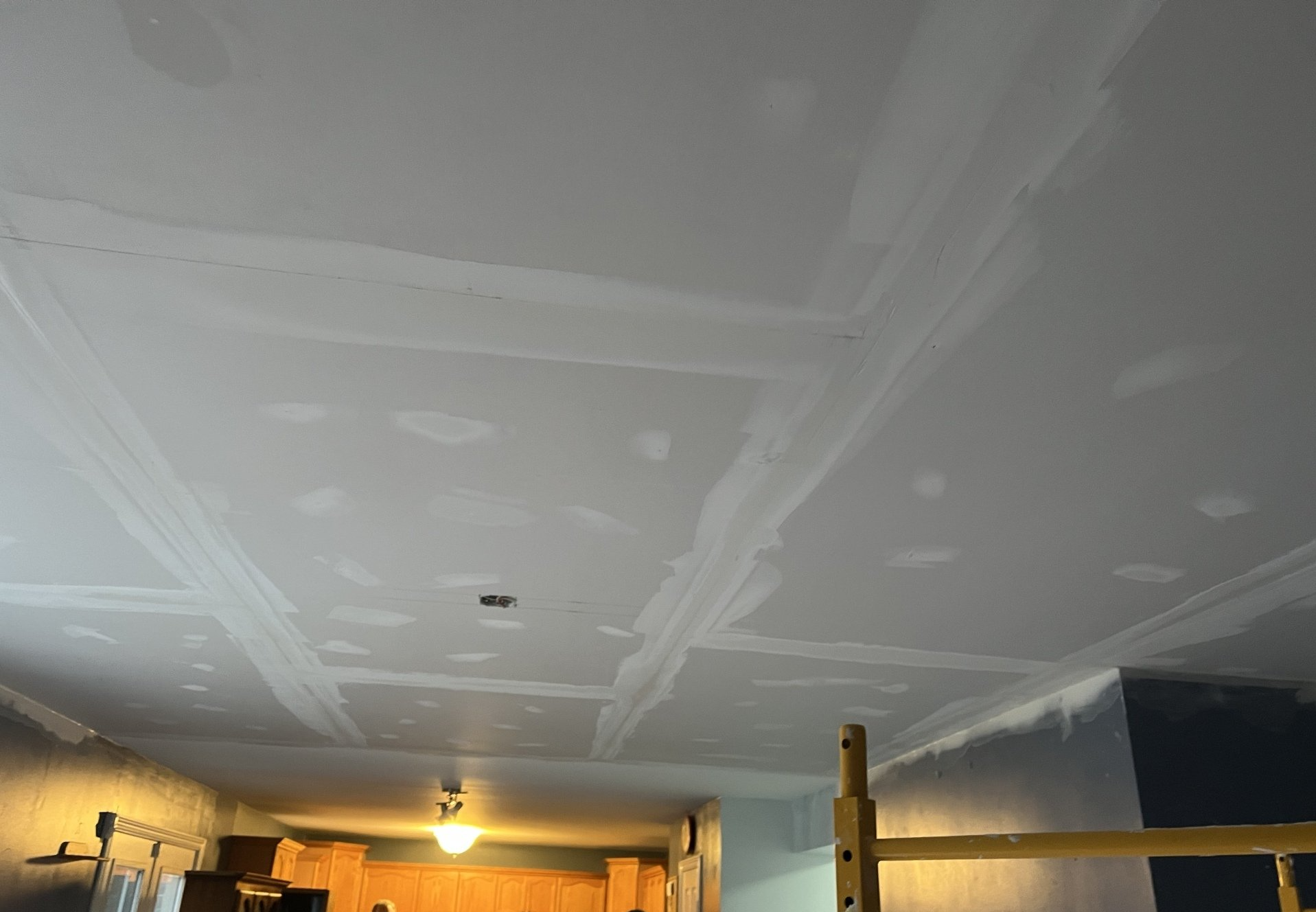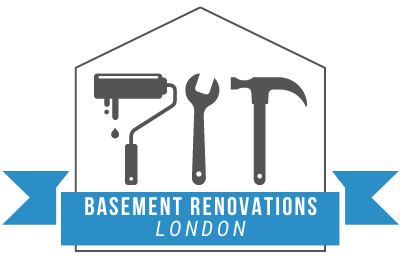How to Drywall a Basement Ceiling

Drywalling a basement ceiling is a crucial step in transforming your basement into a functional and attractive living space. At Basement Renovations London, we understand the importance of a well-done drywall job in creating a polished, professional finish. In this guide, we’ll walk you through the process of drywalling a basement ceiling, from preparation to the final touches.
1. Preparation and Planning
Gathering Materials and Tools
Before starting, ensure you have all the necessary materials and tools:
- Drywall sheets (preferably 1/2-inch thick)
- Drywall screws
- Drywall tape
- Joint compound
- Utility knife
- Drywall saw
- T-square
- Tape measure
- Screw gun or drill
- Drywall lift or helper
- Sanding tools (sanding block or pole sander)
- Safety gear (goggles, dust mask, gloves)
Measuring and Planning
Measure the dimensions of your basement ceiling to determine how many drywall sheets you’ll need. It’s essential to plan the layout to minimize waste and ensure that seams fall on the joists or other support structures.
2. Installing Furring Strips (if necessary)
In some basements, it might be necessary to install furring strips perpendicular to the joists to provide a solid surface for attaching the drywall. These strips should be evenly spaced (typically 16 inches apart).
Steps to Install Furring Strips:
- Mark the Joists: Use a chalk line to mark the locations of the ceiling joists.
- Attach the Strips: Secure the furring strips to the joists using wood screws or nails, ensuring they are level.
3. Cutting the Drywall Sheets
Measuring and Marking
Measure the dimensions for each drywall sheet section. Use a T-square to mark straight lines on the drywall.
Cutting
Score the marked line with a utility knife, then snap the drywall along the score. Use a drywall saw for any necessary cutouts for lights, vents, or other ceiling fixtures.
4. Installing the Drywall Sheets
Using a Drywall Lift
A drywall lift can make the installation process much easier, especially when working alone. Position the drywall sheet on the lift and raise it to the ceiling.
Attaching the Drywall
- Position the Sheet: Lift the drywall sheet into place and ensure it’s snug against the ceiling and walls.
- Screw the Drywall: Start at one end and work your way across, screwing the drywall to the joists or furring strips. Place screws every 12-16 inches along the edges and every 16 inches in the field. Be sure not to sink the screws too deep, as this can damage the drywall.
Seam and Corner Considerations
Stagger the joints between sheets to prevent long, continuous seams. This technique enhances the ceiling's structural integrity and reduces the risk of cracks.
5. Taping and Mudding
Applying Drywall Tape
- First Layer of Mud: Apply a thin layer of joint compound over the seams with a putty knife.
- Tape the Seams: Place drywall tape over the compound and press it down firmly to ensure there are no bubbles.
- Second Layer of Mud: Apply another layer of joint compound over the tape, feathering the edges to blend it smoothly with the drywall.
Covering Screw Heads
Apply joint compound over each screw head to fill the indents and create a smooth surface.
Corner Beads
If your basement ceiling has exposed corners, attach metal or plastic corner beads to protect them and create clean lines. Secure the beads with drywall screws or nails and cover them with joint compound.
6. Sanding and Finishing
Sanding
Once the joint compound is completely dry, use a sanding block or pole sander to smooth the seams and screw spots. Be sure to wear a dust mask and goggles during this process to protect yourself from dust.
Priming and Painting
After sanding, wipe down the ceiling to remove any dust. Apply a coat of primer to the drywall to seal it and prepare it for painting. Once the primer is dry, you can paint the ceiling to your desired finish.
7. Final Touches
Inspect Your Work
Check the entire ceiling for any imperfections or missed spots. If necessary, apply additional joint compound, sand again, and touch up with paint.
Cleanup
Clean up all dust and debris from the workspace. Properly dispose of any drywall scraps and materials.
Conclusion
Drywalling a basement ceiling can seem daunting, but with the right tools and steps, it’s a manageable DIY project that significantly enhances the look and functionality of your space. At Basement Renovations London, we’re here to help with professional advice and services to ensure your basement renovation is a success.
Whether you need assistance with drywall installation or a complete basement makeover, contact Basement Renovations London today. Let us help you transform your basement into a beautiful, functional space that adds value and comfort to your home.
Basement Renovations London is your local expert for all basement renovation needs in London, Ontario. From design to construction and finishing, we’re committed to delivering excellence in every project. Visit our website or call us for more details.
You might also like




